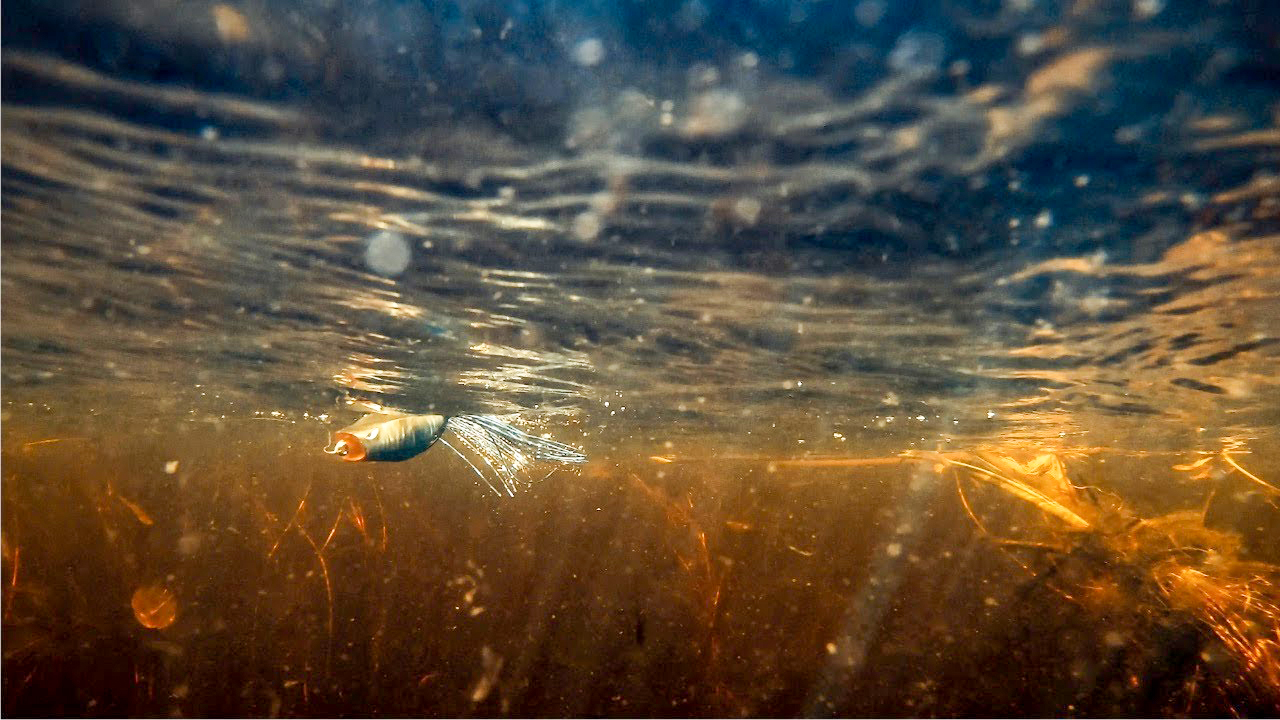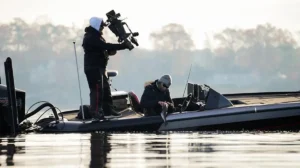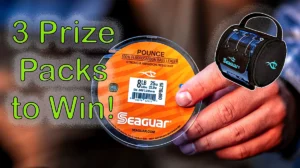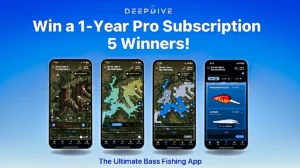Hollow body frogs generally come in either a cupped nose or a pointed nose. In this tip, Jessie Mizell breaks down what sets a popping frog apart from a walking frog in cooler water temps.
When water temps push into the mid to upper 60’s, frogs become a player for covering water. A frog with a cupped nose can be worked in place and more slowly. The benefit of this is that bass in cool water are often unwilling to venture far or fast to track down baits.
Mizell’s rule of thumb is to adopt a three-pop stop technique while letting the ripples calm down before starting the next cadence. He targets isolated clumps utilizing the cupped nose to keep the bait close to them for as long as possible.
One subtle detail Mizell looks for with this is using a frog with tinsel in the skirt. When the ripples settle, the tinsel in the skirt is giving off added flash while still sitting in place. This subtle flash makes bass prone to staring at the bait, want to come up and strike. Keep a close on the frog as hits and near misses can be hard to detect in cooler water. When one short strikes it, that’s your cue to slow it down and let that tinsel work.
TACKLE USED
- FROG – 13 Fishing Trash Panda
- ROD – 13 Fishing Omen Black III Casting Rod, 7’5″ Extra Heavy
- REEL – 13 Fishing Concept A2 Casting Reel, 8.3:1
- LINE – Sufix 832, 50-pound












